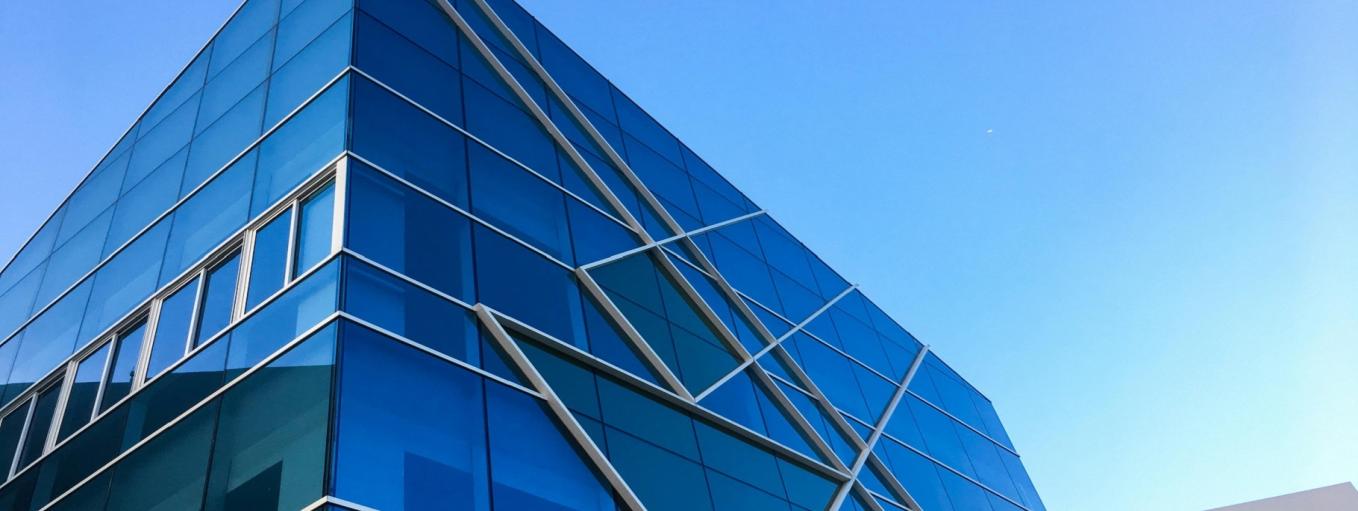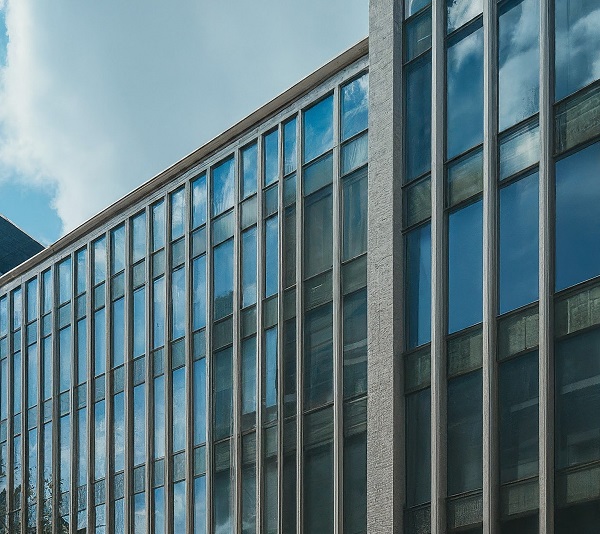


As the world grapples with climate change, it is the need of the hour for the construction industry to adopt and develop innovative solutions to mitigate this environmental impact.
Among these groundbreaking ideas, an innovative breakthrough by Saint-Gobain, low-carbon glass stands out as a pioneering product that can reduce a building’s embodied carbon footprint and play a key role towards a greener and more sustainable future.
With ORAE India, Saint-Gobain introduced low-embodied carbon glass for the façade market. ORAE India, specifically designed for glazed façade applications, meets the building industry's rising need for sustainability solutions without sacrificing technical or aesthetic performance. This new range of low-carbon glass reduces carbon emissions by over 40% compared to regular glass. This revolutionary glass is here to redefine the way we build.
Let’s explore low-carbon glass and its numerous advantages in the construction industry.
Low-carbon glass represents a breakthrough in sustainable building materials. It is a glass substrate with low embodied carbon compared to normal clear glass.

Crafted with a high percentage of recycled content for raw materials (70% compared to the usual 18-20%), made with 100% liquified natural gas instead of furnace oil, and with electricity from renewable sources, low-carbon glass is certainly an eco-friendly choice.
Low-carbon glass works by leveraging innovative manufacturing techniques that reduce carbon emissions and conserve resources, making its manufacturing an environmentally friendly process.
Besides the sustainable manufacturing process, ORAE, low-carbon glass, can be paired with a highly selective solar control coating that reduces heat gain and enhances thermal comfort in the buildings, maintaining energy efficiency all year-round. This, in turn, saves energy costs and improves the performance of the building with a significantly reduced environmental impact.
Additionally, low-carbon glass can be laminated with a PVB interlayer to provide shatterproof resistance. It can also be fritted or etched like any other glass, allowing you to enjoy all the benefits of processed glass while meeting your sustainability goals.
This distinctive glass can hence combine environmentally friendly glass with superior performance and modernity while maintaining aesthetic and comfort standards. Low-carbon glass can be utilised in skylights, windows or facades, adding practicality and beauty. Low-carbon glass is an essential component in eco-friendly building designs.
This strategic choice can play a pivotal role in meeting the stringent criteria required for green building certifications, ultimately contributing to a more sustainable and energy-efficient built environment.
In the quest for a safe, efficient, and sustainable future, low-carbon glass adheres to modernised thinking, offering a synergy between performance, aesthetics, and durability. This advanced glass adopts sustainable practices, reducing global carbon emissions and promoting eco-consciousness. Implementing such products can transform the construction industry, reducing the environmental impact while enhancing overall well-being.
Is glass a low-carbon material?
Low-carbon glass is a specialised glass that significantly reduces a building's carbon footprint compared to regular glass. The product, made with recycled materials, liquified natural gas, and renewable energy sources, minimises harmful emissions and energy consumption.
What is the purpose of low-carbon glass?
Low-carbon glass is made with recycled materials and green resources; hence, it is energy-efficient, lowering the building’s overall carbon footprint. Glass and facades form a significant percentage of building material requirements and shifting to sustainable alternatives such as low-carbon glass is the need off the hour to mitigate global warming and climate change.
How does low-carbon glass reduce emissions?
By using renewable sources of energy for manufacturing, low-carbon glass has low embodied energy. Besides this, the usage of a high percentage of recycled content leads to the conservation of virgin materials which again reduces the depletion of natural resources.
What thicknesses of the low-carbon glass are available?
This new product is available in 6 mm for both coated and clear glass.
How can the architecture and construction fraternity benefit with low-carbon glass?
India's goal of achieving net-zero emissions by 2070 highlights the importance of using low embodied carbon materials in building designs. The architectural community can leverage this opportunity by incorporating these materials and implementing measures to reduce embodied carbon, aiming for net-zero building ratings.
Jahanavi Arora is an architect by profession and a writer by choice, with over 7 years of experience in architecture and design writing. She graduated from Chandigarh and believes that writing and architecture are similar as both are forms of art. Read More